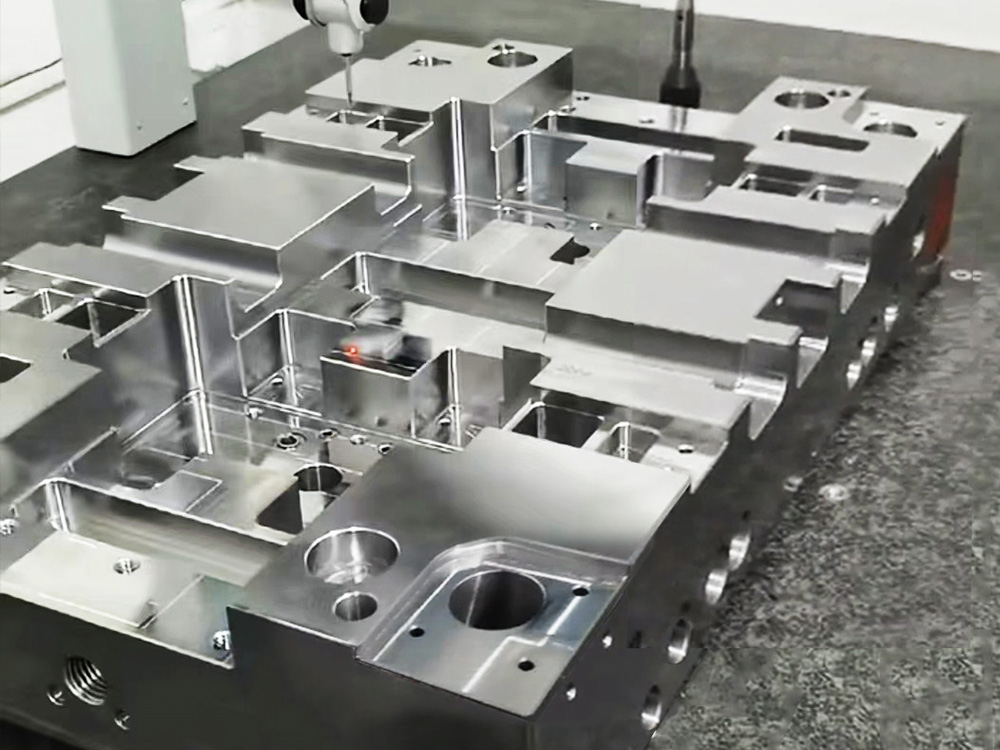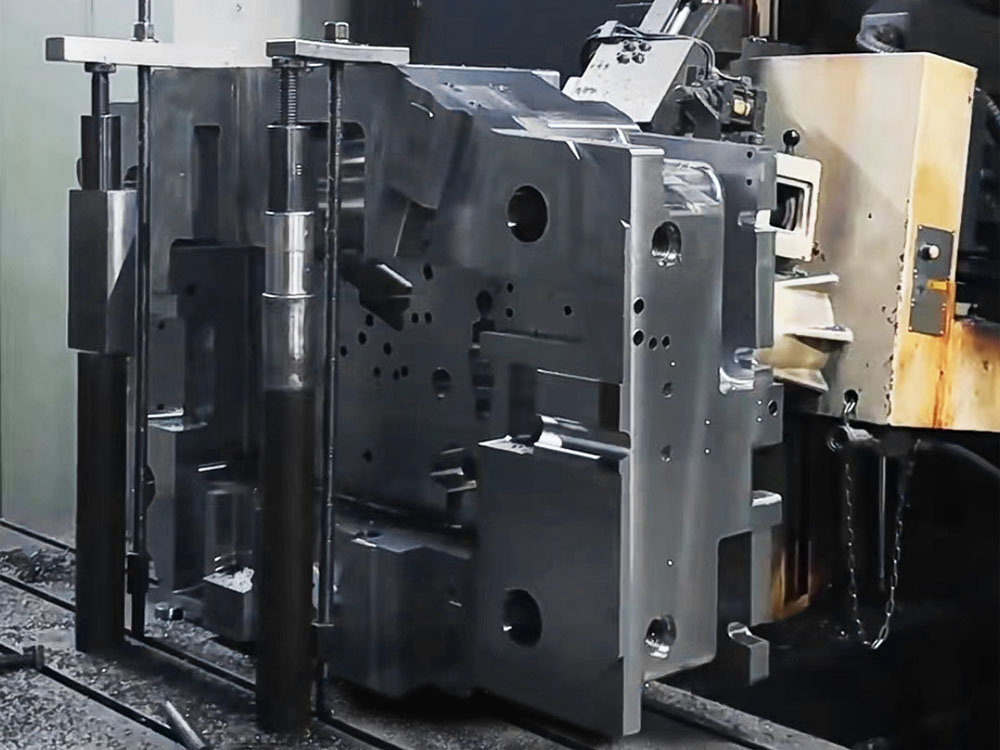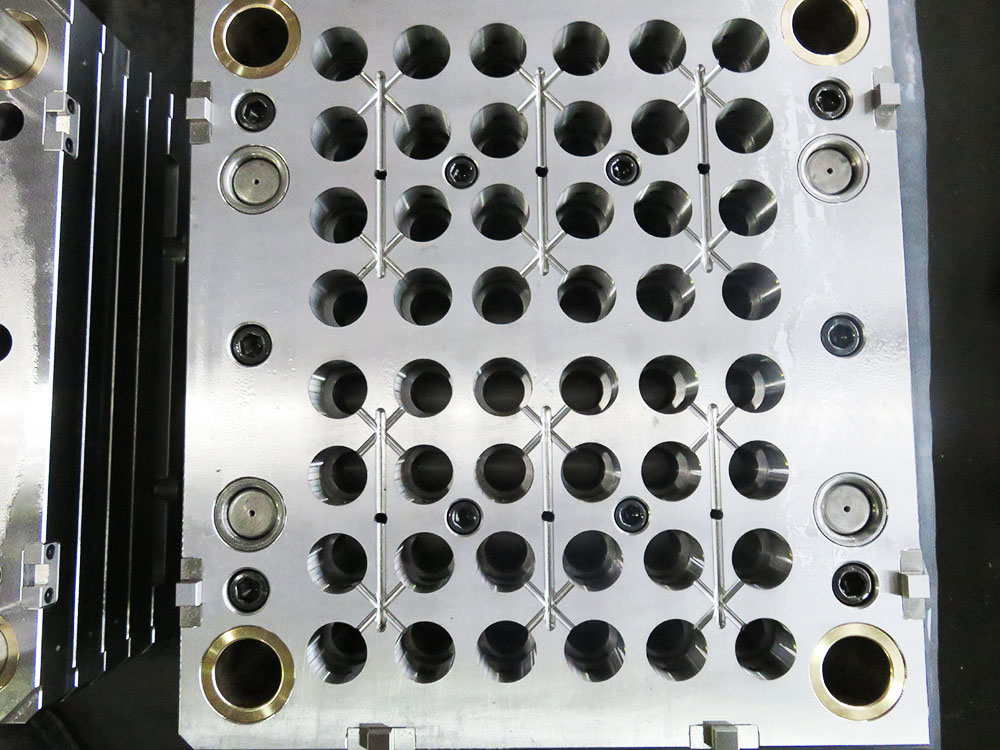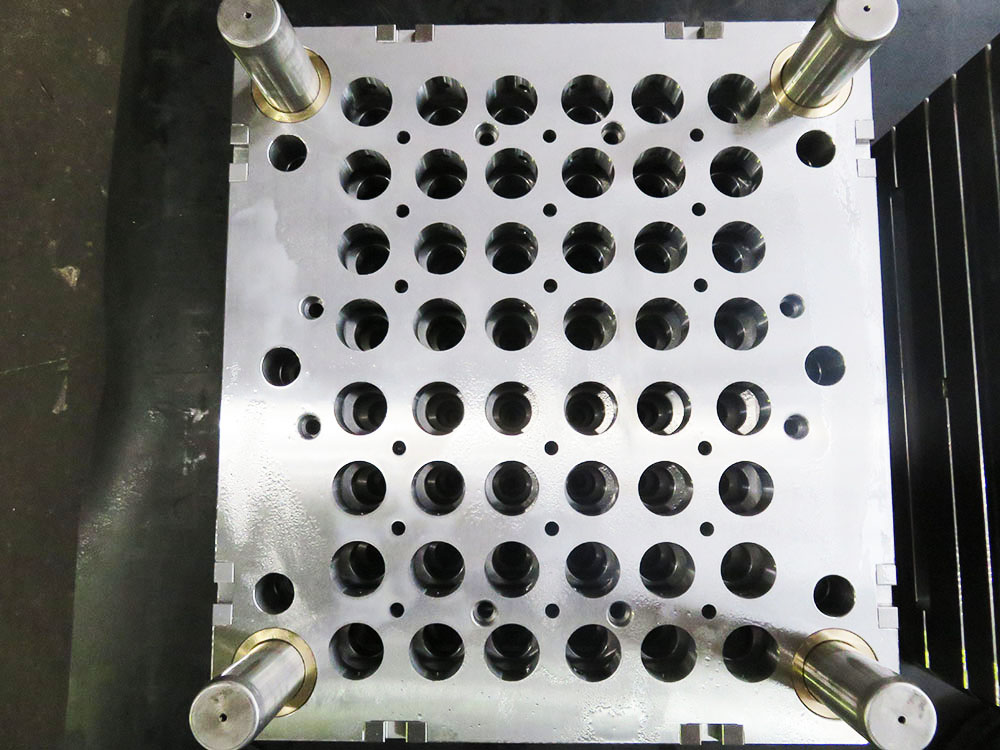How to Interpret the Parameters of an Injection Molding Machine
Injection molding machines play a crucial role in the mold base industry, providing the capability to produce complex plastic parts with high precision and efficiency. Understanding and interpreting the parameters of these machines is essential for ensuring optimal production and quality. In this article, we will delve into the key parameters of an injection molding machine, their significance, and how they impact the overall molding process.
Clamping Force
Clamping force refers to the force required to securely hold the mold closed during the injection process. It is one of the most critical parameters and is directly proportional to the size of the parts being produced. A higher clamping force is necessary for larger or more complex molds. Insufficient clamping force can lead to flash, part deformation, or even mold damage. However, excessive clamping force can lead to wear and tear on the machine components or cause excessive energy consumption.
Injection Pressure
Injection pressure is the force applied to push the molten plastic into the mold cavity. This parameter is usually measured in kilopascals (kPa). The appropriate injection pressure depends on various factors, such as the viscosity of the plastic, mold design, and part geometry. Insufficient injection pressure may result in incomplete filling of the mold, weld lines, or sink marks. Conversely, excessive injection pressure can lead to flash, excessive stress on the mold, or even machine damage.
Injection Speed
Injection speed refers to the rate at which the molten plastic is injected into the mold. It is typically measured in millimeters per second (mm/s) or inches per second (in/s). The injection speed needs to be carefully adjusted to ensure proper filling of the mold cavity. A low injection speed can cause flow marks, while a high injection speed may result in jetting or material degradation. Finding the optimal injection speed requires considering the plastic material used, part design, and mold complexity.
Melting Temperature
The melting temperature is the temperature at which the plastic material becomes molten. It influences the flow behavior and the overall quality of the molded parts. Different plastics have different melting temperature ranges. Setting the melting temperature within the recommended range is crucial to ensuring good flow, avoiding degradation of the material, and achieving proper part dimensions.
Cooling Time
Cooling time refers to the duration required for the molten plastic to solidify inside the mold. It is essential for achieving proper part dimensions and minimizing cycle time. Insufficient cooling time may result in parts with dimensional inaccuracies, warpage, or sink marks. On the other hand, excessive cooling time can lead to longer cycle times and reduced production efficiency. Optimizing cooling time involves considering factors such as mold design, part thickness, and cooling system efficiency.
Conclusion
Understanding and interpreting the parameters of an injection molding machine is crucial for achieving high-quality plastic parts efficiently. Clamping force, injection pressure, injection speed, melting temperature, and cooling time are just a few key parameters that significantly impact the molding process. By carefully adjusting and balancing these parameters, mold base industry professionals can achieve optimal part quality, reduce defects, and enhance overall productivity.




